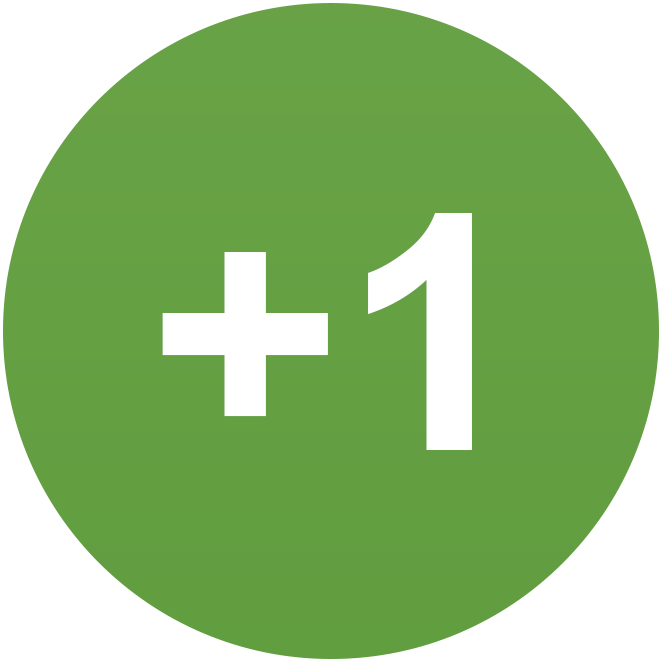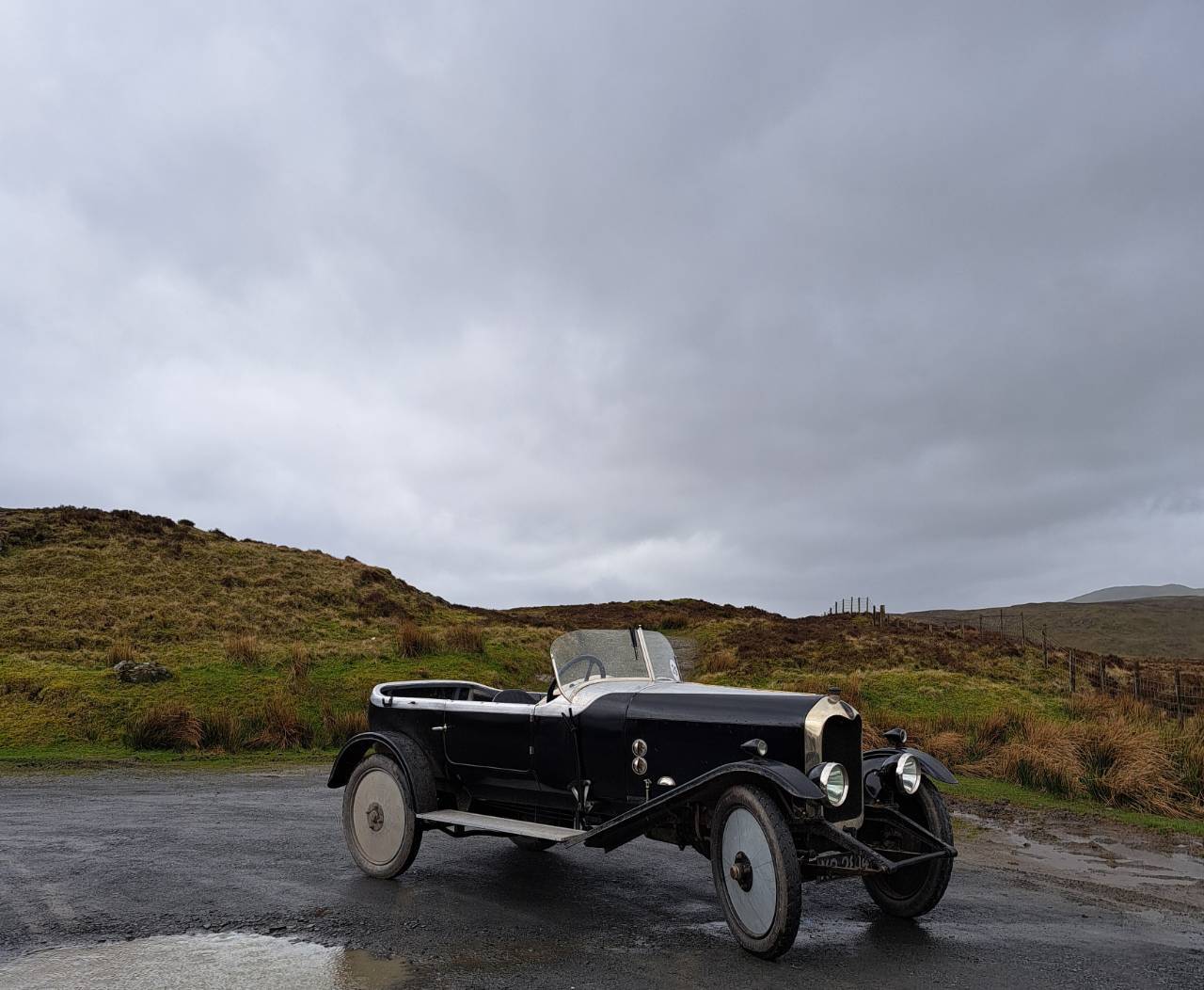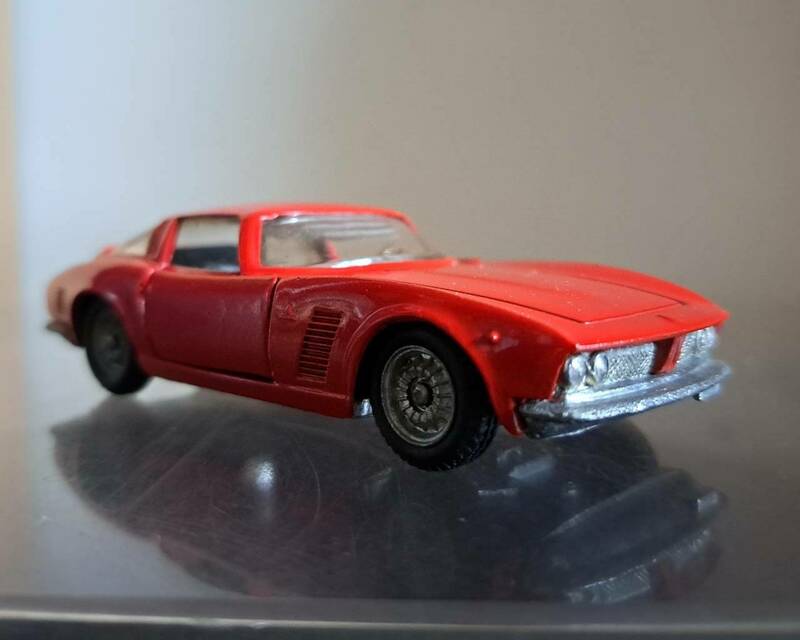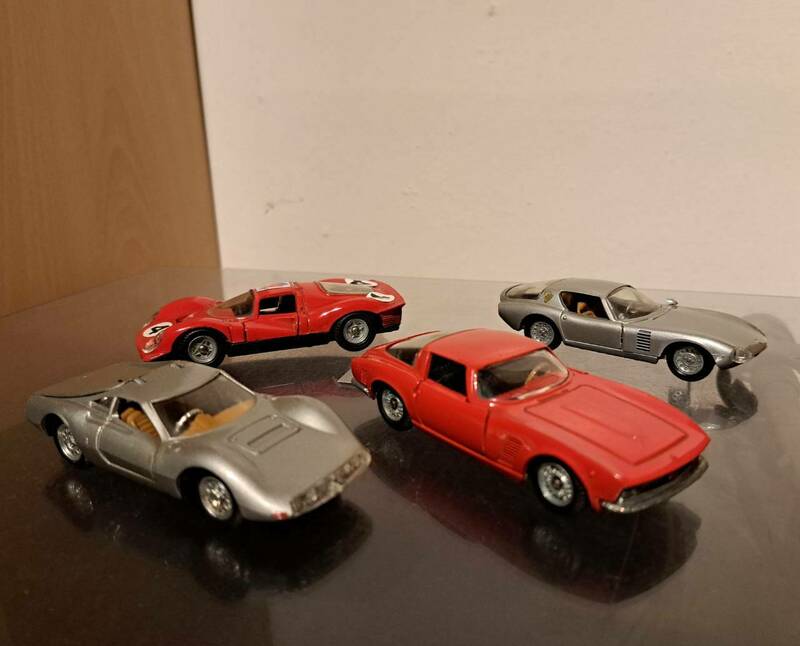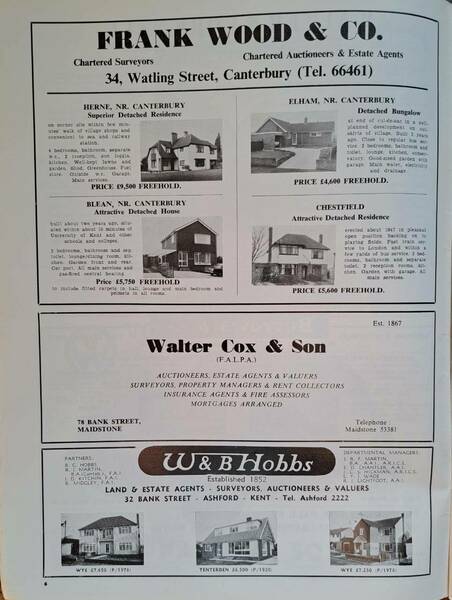-
Posts
7,263 -
Joined
-
Last visited
-
Days Won
15
Content Type
Profiles
Forums
Events
Everything posted by barrett
-

Cars you didn't know existed until very recently.
barrett replied to philibusmo's topic in AutoShite
I don't think that's quite right. He had devised methods of measuring speed over distance to help him in rallying, were keeping to certain average speeds was necessary, but the Gatsometer as we know it was invented when he was stopped for speeding by a policeman with a stopwatch who was measuing speed between two fixed points 100m apart. Gatso went back and measured the distance and found it was only 87m, and therefore he got out of the fine. He invented the Gatso as a way of accurately measuring speed/distance to prevent people from being spuriously fined when they hadn't actually been speeding, but it was designed specifically for the police to use for the sole purpose of measuring speed. -
It's a few years later (post-Zagato). It's Randazzo's Abarth 1000SP on the 1967 Targa Florio
-
Thanks! It's a 2 3/8in 'bullseye' type It's 101-years old, which is nuts really. In my mind a 100-year old car is a Brighton Runner, not something anyone could jump in and drive without instruction, or drive to Wales and back without feeling like a mobile roadblock. Just reinforces quite how fast car design was moving in the first few decades of its existence. And this thing definitely wasn't cutting-edge in any way (except the front-wheel brakes, which were unusual on a car of its class/size, and the four-speed box). Realistically it could have been built in 1913 with the available tech.
-
Nah it's fuggin' filthy, it just doesn't show up too well in the pics Old military overcoat (surprisingly water-resistant) and a woolly hat, no North Face rubbish here!
-
Last weekend was the VSCC Light Car Section Welsh weekend. this year marked 100 years since the RAC Small Car Trials, which inspired the event, and in which a Palladium did exceedingly well over 1000 miles of hard test driving at the hands of its designer H F Smallwood. Since the aim has always been to take my Palladium on this event it was absolutely essential that it was back up and running in time. Sadly it hasn't been driven for about 4 years, since it suffered some mechanical problems (on the way home from Wales, funnily enough) which resulted in a load of water in Number 4 cylinder and a couple of bent valves. Anyway, we rallied some troops and had a mad week of putting it all back together (absolutely minimal input from myself, obviously) and a few days before the trip it was running for the first time and sounding nice and healthy. I did a quick trip round the block and all seemed well, so all that was left was to keep a positive attitude and pack lots of tools. Here's how things looked after about 100 miles. And approaching the border Noo hood or weather equipment wasn't great considering we were in the grip of Storm Kathleen, but the weather was pretty kind on the way up and I did 200 miles behind the wheel with no problems whatsoever. Made it to Wales and spent two days fannying about, actually much more challenging than the drive up, driving on small roads with lots of hills etc. Here it is in the middle of a section through normally-closed Forestry Commission roads It shed a sidelamp lens going over a nasty bump annoyingly. Here it is resting at the summit of Bwlch-Y-Groes, 'the Welsh Terror', a absolutely nasty very long climb which saw off a few competitors back in 1924, but which the Pall sailed up without any problems (in first gear) And here it is going down the other side After all that, we set off quite early on Sunday. The first leg was quite tough going with awful rain and wind, but the last 100 miles were pretty great going. Got back by 6pm which was alright. The best part of 700 miles covered in four days, which might not sound like much but it takes a huge amount of concentration and energy to drive this thing at speed. Apart from a blocked slow runnning jet there were zero mechanical issues for the whole weekend. The number plate bolts came loose, one of the wing valances sheered the rivets holding it in and was rattling around, I think the gearbox is possibly even nosier than it was before but otherwise it was smooth sailing! So glad to actually get this heap to Wales and re-enact the 1924 event, which was the marque's most notable achievement, particularly on this anniversary year. Next stop: get a hood made.
-
-
Looking at prices realised on ebay, that's actually possibly something of a bargain. The 1980s tinplate Buick, Corvette etc are extremely nostalaic for me. There was a period of time when every upper-middle class household, or young 'design' type, or Yuppie in general seemed to have one of those on their mantlepiece. A real zeitgeist moment when '50s Americana was suddenly extremely cool in the UK and Europe. As a child, they were always quite fascinating to me, although it was obvious they were 'new' and not actually old. I did actually get one as a Christmas gift one year (which I still have). If I ever become upper-middle class, or design-y, or a yuppie, it will be proudly displayed in my minimalist Bauhaus-inspired living room, alongside one of these: I'd actually like to know the story of those things. Who made them? Why did they catch on in such an enormous way? Were they actually replicas of old Bandai toys or just 'in the style of'? I bet you can still buy them new, somewhere.
-
amazing! That's the first proper high-res picture I've seen of that car and I need that for my book! Lucky it's in a photo library. That's a genuinely really useful post, thanks for sharing. Edit: They have three other incredible photos of the same car, so amazing!
-
Actually 123 Calvert road is still there, it's located in the yard behind 125, accessed under the arch at 121. If I ever get my Heron on the road I will be taking it back there...
-
Yep the windscreen and I think the steering wheel are both 100E. I have changed my mind about the wheels, after looking very closely. They're a flatter profile than 100E and they also have a 'fifth hole', other than the four wheel studs, which might make them distinctive? I think it's a red herring in any case. Other things which point to it being a prototype: no provision for windscreen wipers. The 'grille' opening looks to have been an afterthought, cut-out once the body had been mounted to the chassis. Perhaps it had a small circular opening originally, which was expanded? Or no opening at all? It's a small car. Assuming it is a 100E windscreen, we can see it's both a lot shorter and a quite a bit narrower overall than a 2dr 100E. It's a two-seat economy car rather than a sports car with a hardtop, IMO. It's definitely not an Ashley, Berkeley or Fairthorpe (they only ever made GRP cars and all are well-documented). I doubt this was built by a company that was already building cars in any number, more like a car project from a company involved in another industry looking to expand (entirely guesswork here). If we say that 'bit' is part of the engine and not another red herring, that's not any commercially available air-cooled engine I know of. Certainly not Panhard/Citroen etc (although the bonnet bulge might suggest it's not 'flat' but a 'vee' or vertical twin). The only thing I can think of that looks anything like it is a toroidal engine like the ones Bradshaw was experimenting with at this time, but I don't really think any of his engines were developed to the stage they could run consistently or power a vehicle. I don't actually think it's the case, but it's an intriguing thought. Sadly the best image I have of what I'm talking about...
-
suspect this might keep me from ever sleeping again. (re-)posted on a 'specials' group on facebook, but It's obviously not an 'off the peg' job and I do not think it's a special at all, but some sort of prototype. Look at the construction of the sills and the fully boxed-in inner wings, and the door handle recession. It does seem to be on Ford wheels, though. The registration is apparently 1955-56 Middlesex. The car is obviously photographed some time after it was built (in metal, not GRP) and it's lived a hard life in that time (of testing?). I reckon those buildings are light industrial rather than residential so this could be the courtyard of a small factory somewhere. But the biggest WTF is what's visible through the grille opening. I'd say that certainly is not a conventional engine of any type I can think of. What is that finned circular casing all about? Could it be a toroidal engine??? I am going a bit insane knowing there's a car out there which I can't identify.
-
I've looked back over the last 8 or so pages and can't see a mention of this, so I'm daring to post it here... https://www.facebook.com/marketplace/item/284064684429956/ BWAG!
-
They're 'Woodlite' headlamps, which were an aftermarket accessory popular in the 1930s and in the early days of hot-rodding. I think the Ruxton was the only car to use them as standard. Fun fact: the Ruxton uses the same body as the Wolseley Messenger
-
My childhood 'restoration' involved a small flat piece of card taped to a cocktail stick, which gave me an opening 'normal' boot and actually didn't look totally shit. I think my one got painted sort of 'desert sand' colour which was the closest I had to beige. Once a 'shiter...
-
Yes, that's definitely the one. I didn't realise it was still a 'mystery', I could have told you that ages ago! I remember first hearing of that Ausitn Special in the mid-90s and it has not progressed at all since then. I really hope somebody can sort it out, it's a really cool thing.
-
It's overcast and miserable here today so not easy to take photographs, but here's some more detail of my top choice from the little job lot fo Politoys that was delivered the other day. They worked out at £15/car which I think is a proper bargain. The Politoys Export Iso Grifo is Number 553 and, like others in the range, is a simple toy-like effort with only opening doors, but it's charming and carries quite a bit of weight The proper Grifo wheels are a nice touch. I've never had the Corgi version, but I'd say this one is actually a touch less detailed although the overall effect is very nice. If I could have picked a different colour I would've, but I can't complain about a near-mint Politoys at this price
-

Cars you didn't know existed until very recently.
barrett replied to philibusmo's topic in AutoShite
I consider myself something of a microcar nerd, but I only recently found out they also sold Bond Mincars in the USA (or tried to, at least), where it was marketed under the name Sharp's Bear Cub. Who knew? -
-
That's been there forever. It'll definitely still be there next time! If you want to haggle on the price, that stall is run by the young-ish French guy who looks straight outta Mai '68. What's the 'good' chazza shop then? I don't really look at toys when I visit, but would be nice to know where it's worth checking in future...
-

Cars you didn't know existed until very recently.
barrett replied to philibusmo's topic in AutoShite
Currently being restored by somebody I know, I think it's gonna be really cool when it's done -

Cars you didn't know existed until very recently.
barrett replied to philibusmo's topic in AutoShite
Blimey, blast from the past there. When did you get back? -

Cars you didn't know existed until very recently.
barrett replied to philibusmo's topic in AutoShite
I've surprised myself by going to a bookshelf and immediately locating this! Which includes some reasonably-priced new houses And this. I wonder what the fragrant Mrs Jane Onrust-Kloosterman is up to these days? But also this, which I hope you'll be able to read -

Cars you didn't know existed until very recently.
barrett replied to philibusmo's topic in AutoShite
Indeed. I'm going to stretch the limits of my memory here, and I don't think there is a huge amount of confirmed information anyway, but alongside that very conventional Westcar the same firm built a car called a Heron, and later Westcar Colonial, which was a variation on the Marks-Moir car which was meant to be built in Australia. This is a really interesting thing - it's a plywood monocoque 'hull' with a mid-mounted engine in 1922. Obviously not the first time those things had been done but very much an unconventional design at the time. And it looked really cool, with a 'prow' for a nose That's the Marks-Moir prototype (which was actually designed and constructed in England) That's the only image I've ever seen of the Westcar version. That's the 'Westcar Colonial' I think, because it has no doors and four seats (obviously trying to add some integrity to the 'hull'). The bodies were built on the Isle of Wight, sent to Southampton and then by road to Herne Bay were they were built up by Westcar (although I don't think very many were actually constructed, of either type - between 50 and 100 in total iirc). I seem to remember Westcar is best known for constructing something like a tram that ran on Herne Bay pier (or somewhere else local)?? Mike Worthington-Williams was very 'into' the whole saga so I have inherited a fair bit of material, but I don't think he ever truly got the absolute full story. He first wrote it up in the 1960s in Kent Life magazine, I think, and even then it was all quite mysterious. -
There's a connection. The next generation Graham in 1940 used obsolete Cord body dies, with a restyled front end, but on a rear-wheel drive platform. Called the Graham Hollywood, which I always thought sounded like a cruise ship comedian or a local radio DJ Edit to add: I wonder if this is the only case of a car being replaced by a design which was older than the one it was replacing?
-
Let me know if you'd ever like to move that one on... I only have one CIJ model (I'm not sure when the 'Europarc' branding came in, probably late 1950s) which is this Dyna X They did a few cool models of cars nobody else did, including the Dyna Junior, Rovin and this early Alpine, all of which I'd love to find



